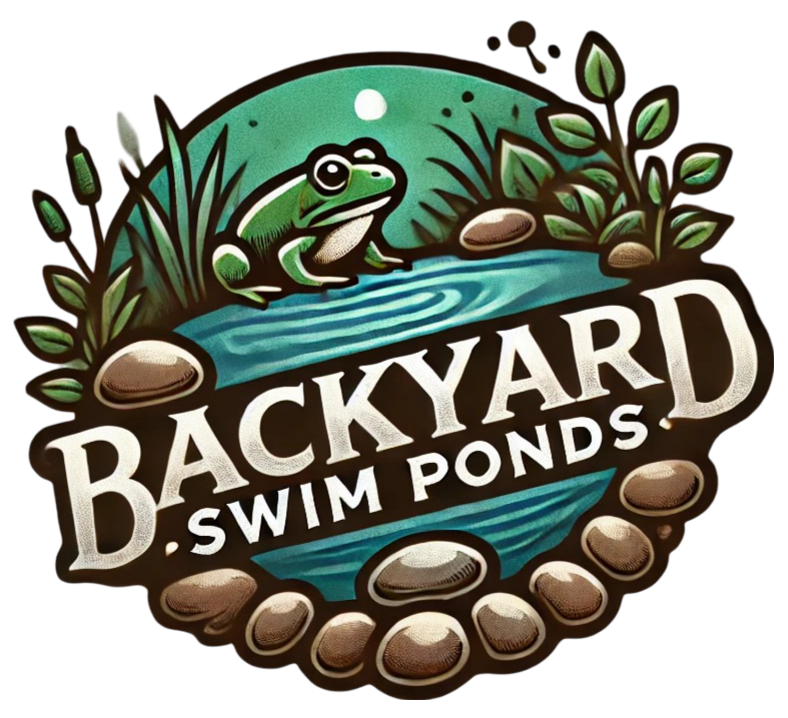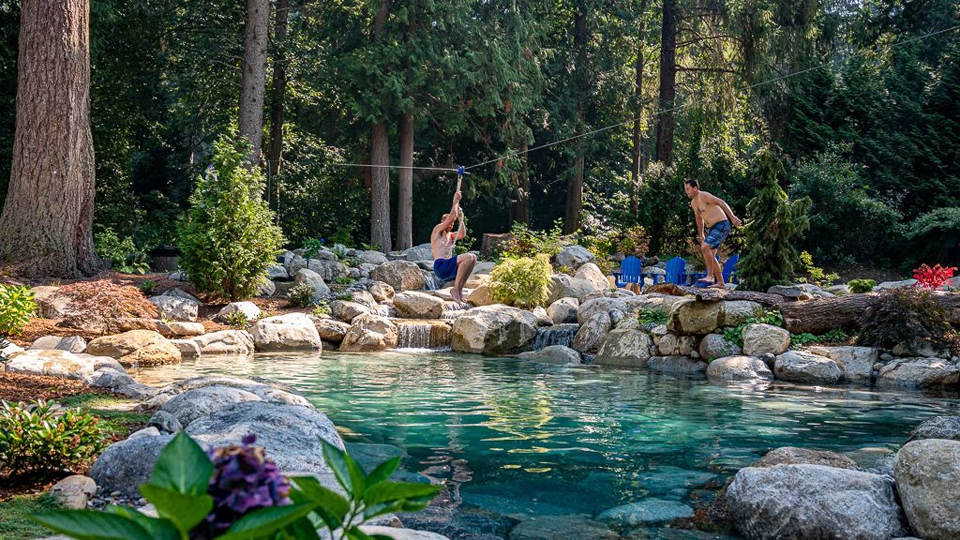Building a natural swim pond can be a rewarding project for DIY enthusiasts looking to add an environmentally friendly feature to their property. A swim pond doesn’t just enhance the landscape; it offers a captivating alternative to traditional swimming pools, becoming a serene spot for relaxation while also benefiting local ecosystems. The good news is that with careful planning, you can create a functional and beautiful swim pond without a hefty price tag.
In this guide, you’ll learn everything you need to know to create a swim pond that is not only affordable but also eco-friendly. We will define what a swim pond is, how it differs from standard pools, and the materials you might consider. You’ll discover effective plants for natural filtration, innovative DIY filtration systems, common pitfalls to avoid, and the essential regulations to be aware of. By the end, you will have gathered the knowledge necessary to embark on your own swim pond project.
Transforming Your Backyard with Affordable Eco-Friendly Swim Ponds
Swim ponds present a unique approach to backyard swimming, relying on natural processes to maintain water clarity instead of harsh chemicals and mechanical systems. Unlike traditional pools that can cost upwards of $60,000, you can create a DIY swim pond for around $2,000, significantly reducing both initial and ongoing expenses.
One of the key benefits of a swim pond is its ability to foster a healthy environment. The natural filtration systems employed in these ponds can keep water quality high, allowing you to enjoy a clean swimming experience without relying on chemical treatments. This eco-conscious option not only saves money in the long run but also promotes local wildlife and plant life, making your backyard a mini-ecosystem.
Beautiful comparison: swim pond versus traditional pool (Source: Clearwater Creations)
Budget-Friendly Materials That Make a Splash
When planning your swim pond, choosing the right materials is essential for both the budget and the durability of your installation. Here are some cost-effective options to consider:
-
EPDM Liners: These liners are flexible and durable, making them a great alternative to more expensive traditional pool liners.
-
Native Aquatic Plants: Consider plants like Iris Versicolor and Sweet Flag, which not only enhance aesthetics but also contribute to effective filtration.
-
Gravel and Boulders: These materials are not only visually appealing but also functional, aiding in drainage and preventing plant overgrowth.
By sourcing materials locally or seeking second-hand options, you can further cut costs while promoting sustainability. This not only benefits your wallet but also contributes to environmental preservation by reducing waste.
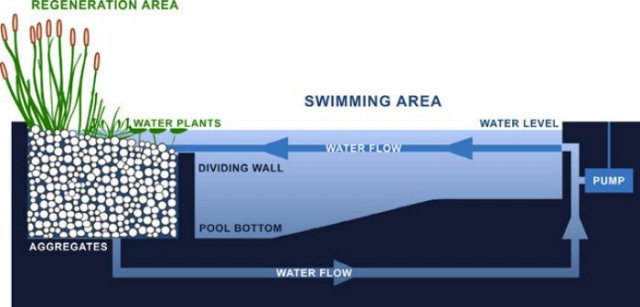
Materials diagram for constructing a swim pond (Source: Ecohome)
Creating an Eco-Friendly Oasis: Plant Selection for Natural Filtration
Selecting the right aquatic plants is crucial for maintaining the ecological balance and water quality in your swim pond. Here are some effective species to consider:
-
Iris Versicolor (Blue Flag Iris): Not only does this plant produce attractive flowers, but it also serves as a natural water purifier.
-
Hornwort (Ceratophyllum demersum): A submerged plant that plays a vital role in oxygenating the water and filtering out impurities.
-
Sagittaria (Arrowhead): Particularly good at nutrient absorption, making it a great choice for the shallow areas of your pond.
By incorporating a variety of plants, you create a biodiverse environment that enhances the visual appeal of your swim pond and supports its ecological health.

Infographic on ideal aquatic plants for filtration (Source: Angi)
A Watershed Moment: Innovative Filtration Systems You Can DIY
Natural filtration systems significantly reduce the need for chemical treatments in your swim pond. Here are a few DIY options that can help keep your water clear and clean:
-
Bog Filters: These filters use 10-30% of your pond’s area to create planted gravel beds through which water flows. The plants naturally purify the water as it passes through their root systems.
-
Bubble Pump Systems: These energy-efficient systems use air bubbles to facilitate water circulation, enhancing filtration without the need for traditional electric pumps.
-
Skimmer and Biological Filter Combinations: This approach removes surface debris while biological filters break down organic matter, ensuring a cleaner swimming environment.
Implementing these systems can maintain your pond’s water quality while simplifying maintenance requirements once they are established.

Diagram of a natural swimming pond filtration system (Source: ResearchGate)
Mistakes to Avoid When Crafting Your Swim Pond Paradise
Creating a swim pond can be an enjoyable endeavor, but it’s also easy to make some common mistakes. Here are five pitfalls to avoid:
-
Neglecting Filtration Needs: Choose the right plants and filtering systems to ensure water quality is maintained.
-
Ignoring Soil Composition: Different soil types can affect drainage and plant growth. Understanding your soil is crucial for success.
-
Overlooking Local Regulations: It’s important to familiarize yourself with local zoning laws and environmental requirements before you begin building.
By conducting thorough research and planning ahead, you can efficiently avoid these common errors in your swim pond project.
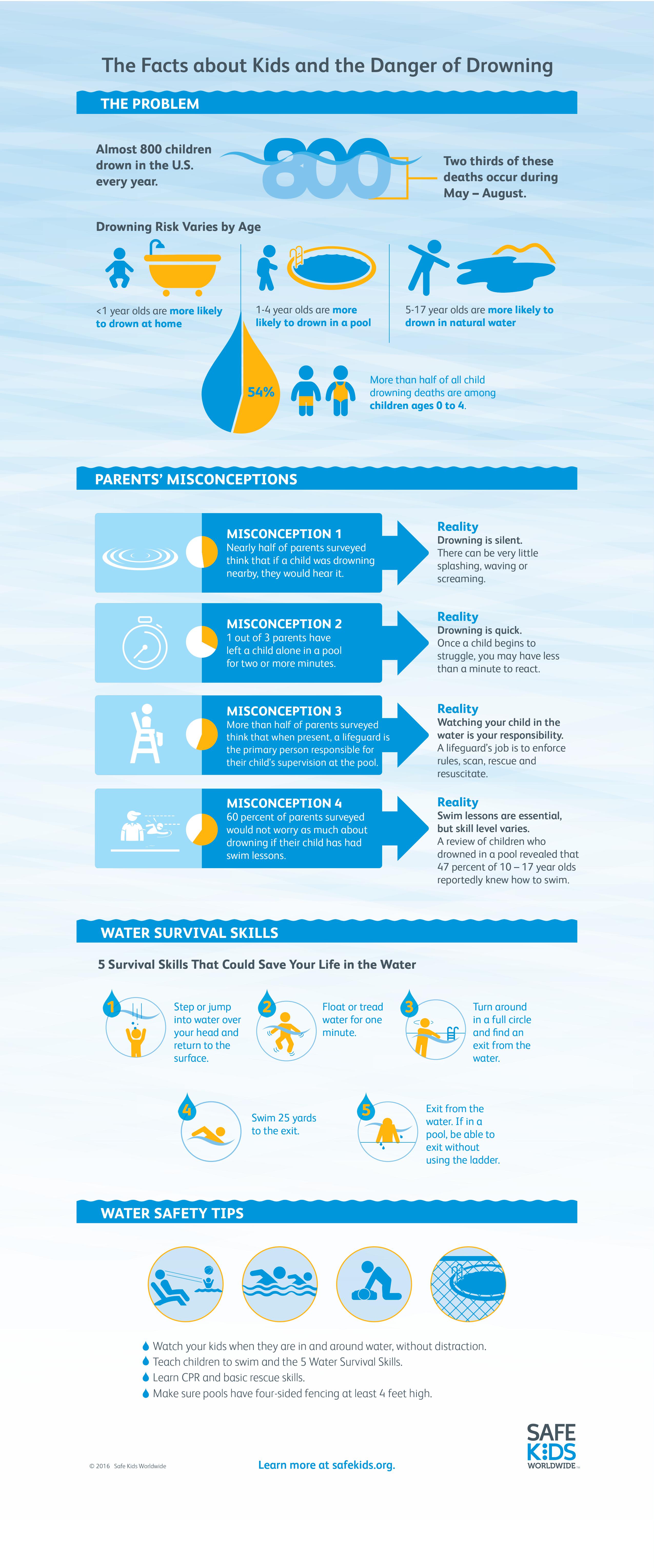
Infographic of common safety mistakes in pool design (Source: Safe Kids)
Why DIY Swim Ponds are the Future of Eco-Conscious Swimming
The benefits of opting for a swim pond over a conventional swimming pool are immense. These ponds provide an eco-friendly swimming option that enhances biodiversity and minimizes environmental impact. Moreover, the costs associated with setting up and maintaining a swim pond are typically lower compared to traditional pools.
For example, annual maintenance for a swim pond can range from $450 to $5,000, whereas traditional pools can incur maintenance costs upwards of $1,000. By choosing a swim pond, not only are you making a financially savvy decision, but you’re also supporting local wildlife and ecosystems.
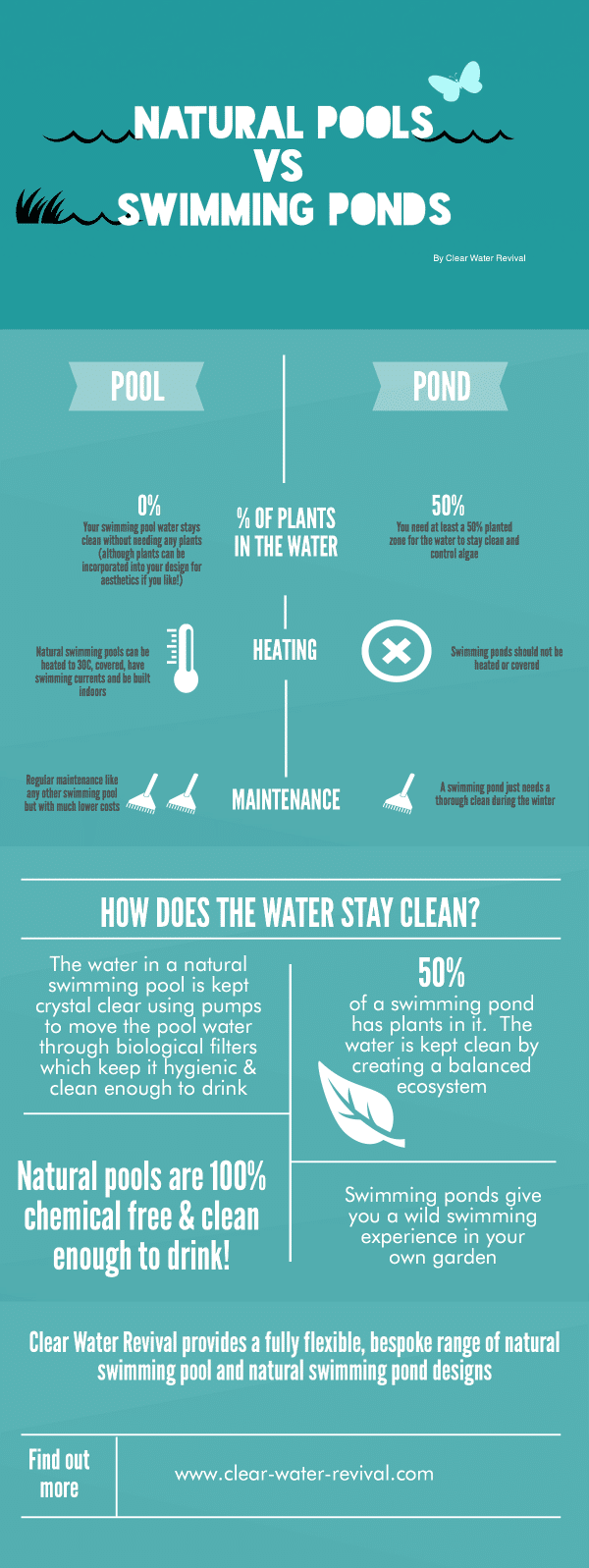
Cost comparison between natural swim ponds and traditional pools (Source: Elemental Green)
Staying Compliant: Essential Regulations for Your Project
Before constructing your swim pond, it’s crucial to be aware of any local regulations regarding permits and safety measures.
-
Permits: Many municipalities require permits for new constructions, so check with your local planning office to ensure compliance.
-
Safety Measures: Depending on local codes, you may need to install fencing or barriers, especially if the pond will be deeper than two feet.
-
Environmental Assessments: Some areas require assessments to ensure your pond construction does not negatively impact local ecosystems.
Staying well-informed about these regulations will help you avoid complications and ensure a safe swimming environment for you and your family.

Checklist of safety regulations for swim pond construction (Source: Pool Safety Solutions)
Conclusion
Creating an affordable and eco-friendly DIY swim pond can enhance your outdoor space while providing a unique swimming experience that benefits both your family and the environment. By choosing suitable materials, incorporating native plants, and understanding innovative filtration systems, you can build a serene retreat that encourages biodiversity.
With thoughtful planning and execution, your swim pond will become a cherished feature of your home, allowing you to connect with nature and enjoy a beautiful backyard oasis for years to come. Start your journey today, and embrace the rewarding experience of building your very own swim pond.
